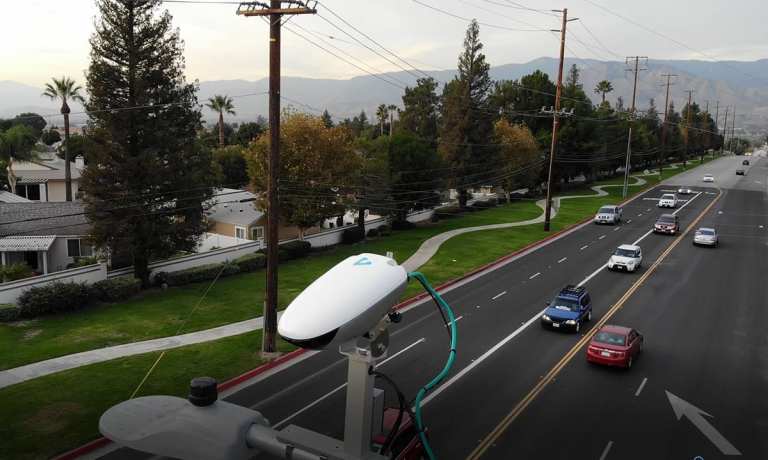In North America, NoTraffic Founder and CEO Tal Kreisler told Karen Webster, some 99 percent of traffic lights are running on old school timing plans that do little more than automate the police officer who used to stand at those intersections and wave cars through. Even worse, the vast majority aren’t connected to anything.
“So there’s no data at the intersection, no computing power. The traffic controller, which is the brain of the intersection, is still running on the same computing power computers had 40 years back,” Kreisler told Webster.
It’s a problem that NoTraffic was founded to solve, with a combined hardware-software solution designed to fit into any intersection in the world and be up and running in less than two hours. A solution that announced this week it has raised $17.5 million in Series A funding for its 21st-century traffic management platform.
Transportation, he noted, is a complicated ecosystem with many literal moving pieces: cars driven by people, cars that drive themselves, public transportation, scooters and more — pieces that at the end of the day all have to run on the roads. For mobility to move forward, “this entire ecosystem has to work together” with an entire host of “services that can be digitized and make all of our lives that much more seamless.” Traffic systems, he said, have been designed entirely to move cars.
A smart traffic ecosystem is focused on moving people and goods from point A to point B, smart enough to prioritize vehicles traveling on the roads to create those optimal efficiencies. NoTraffic said that early pilots have been that smart traffic systems can improve road safety, reduce waiting in traffic time by 50 percent and reduce carbon emissions the equivalent of tens of thousands of vehicles.
Advertisement: Scroll to Continue
How It Works
Once NoTraffic’s hardware is in place at an intersection — the core of technology of the system is an algorithm that can both observe traffic patterns and understand them — and optimize them for the most efficient traffic outcome. A city can define what kind of policies it would like to implement and input them into the system with a click of a button during installation.
From there, he noted, the system knows how to react by itself. Suppose there is an accident in an intersection, for example. In that case, the system can dispatch a first responder to the scene and adjust the light cycles of the traffic intersection around it to facilitate the most efficient movement of traffic around the scene. There are other systems with this kind of capacity out there, he noted, but they often come with heavy hardware integrations. What NoTraffic aims to offer is the “iPhone of the intersection” that allows city planners to activate these applications and see the benefits roll in.
Benefits, he noted, that NoTraffic can quantify — as the first part of every integration they do is based on taking baseline readings on the cities they are operating.
“We can show a before and after analysis, so cities can have concrete data that shows the improvement in the delay times that reduce the number of vehicles. We can calculate the emissions that were reduced and mathematically calculate the economic benefit.”
And the benefits of the connected ecosystem, he noted, are only just starting. What’s now, he said, is good. What’s next, however, is even better.
What’s Next
NoTraffic’s system as it is designed doesn’t require cars to be smart or connected to function. But as automobiles are evolving toward connectivity, he noted, the platform will be able to do more things like leveraging incentives to make traffic flow more smoothly. A consumer, for example, could be shown two routes — the fastest route for which they pay $1, or a slightly more scenic route that by taking it they will be rewarded with a $1 micropayment. Connectivity in the future will be a way to drive behaviors and divide the demand across the city to make sure that planners can be proactive and avoid congestion in the first place.
“That could be a total game changer,” he noted.
And it’s one that is very likely coming, as the mobility ecosystem is picking up speed and becoming more interconnected. Over the next five years, he said, they expect this vertical to grow as demand for NoTraffic and firms like it continues to explode. The mean motivation for the fundraising round they announced today, he noted, is just being able to keep up with that demand, which will likely only keep on picking up pace.
“I believe that two or three years from now, we’re going to see a major leap in anything that’s related to digitalization of services provided by cities,” he said. “We have already seen it and it’s now starting to scale.”




